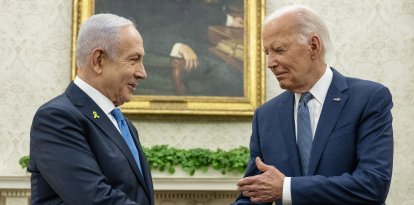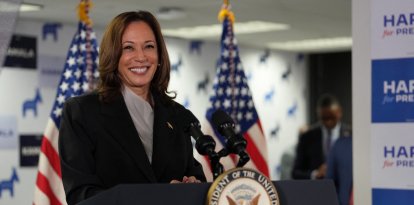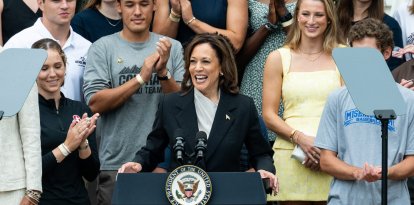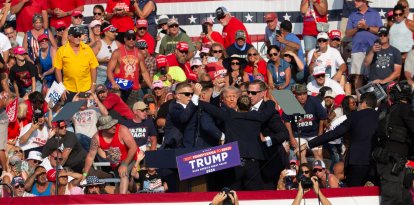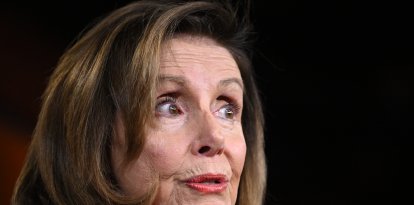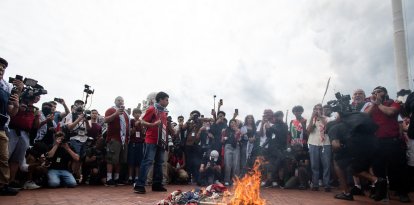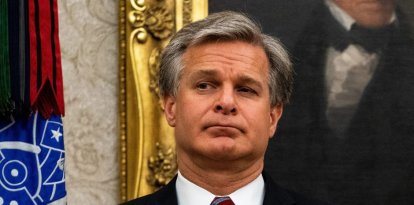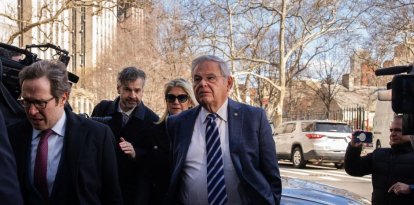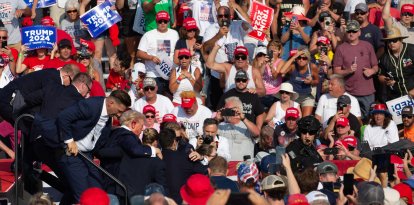Ronald Reagan and the last close attempt to assassinate the president of the United States
On March 30, 1981, the then-president was leaving the Hilton Hotel when John Hinckley Jr. shot him at point-blank range and nearly ended his life.
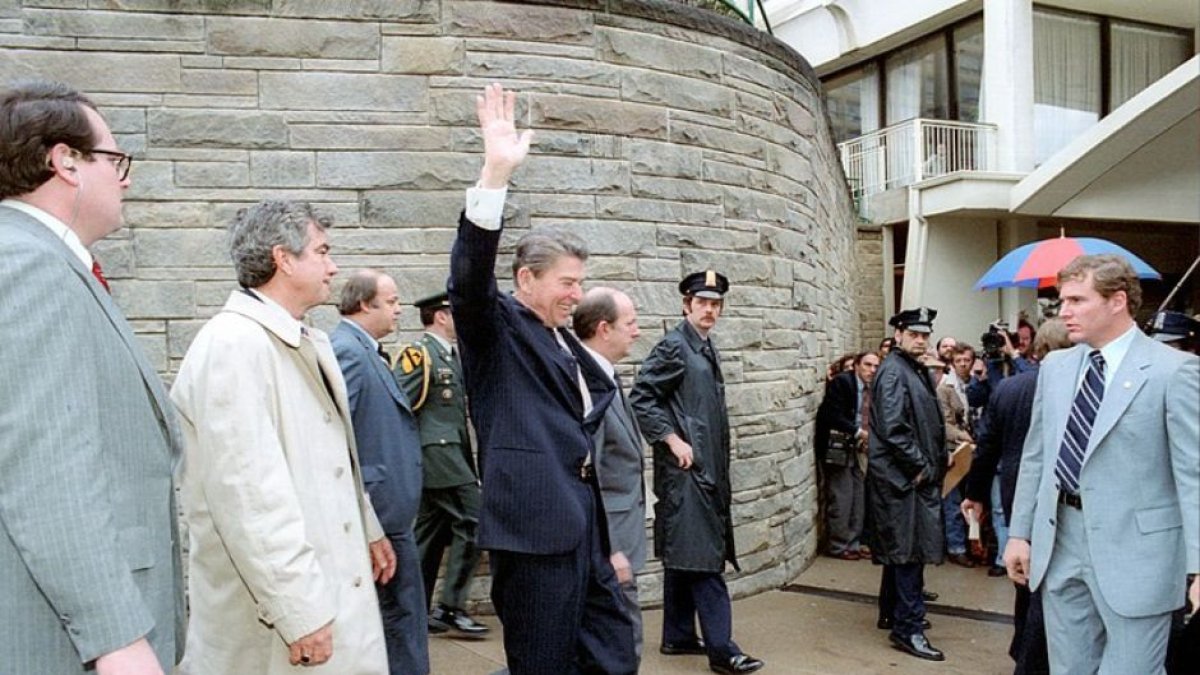
Wikimedia Commons
This March 30 marks a new anniversary of the last honest and concrete attempt at something that at the time seemed to be customary: assassinating the president of the United States. Since 1789, four presidents have been assassinated in office: Abraham Lincoln (1865), James Garfield (1881), William McKinley (1901) and John Kennedy (1963). On that occasion, one name came very close to joining the list: Ronald Reagan.
On the date in 1981, the man who had taken office more than two months earlier left a speech conference at the Hilton Hotel in Washington, D.C., greeted his followers and headed to his car to resume his itinerary. However, his path was interrupted by several shots fired by John Hinckley Jr. Although the Secret Service tried to protect him, one of the .22 caliber bullets ricocheted off the car and entered under Reagan's left armpit.
Years later, we learned that Hinckley had been camouflaged among a group of admirers that the Secret Service mistakenly let within 15 feet of the "leader of the free world" without prior examination. As a result, agent Timothy McCarthy, policeman Thomas Delahanty and press secretary James Brady suffered gunshot wounds. The former stood between the bullets and his boss, receiving six of them, and the latter suffered permanent damage.
On the brink of death, but with a sense of humor
Once inside the vehicle, Reagan began to cough up bright and somewhat frothy blood, so he was immediately taken to George Washington University Hospital. According to what he later confessed, the assailant thought this action would impress actress Jodie Foster, which was far from the case.
Once at the hospital, the diagnosis was not very promising. The president had a broken rib, a punctured left lung and severe internal bleeding. Upon examination, the doctor cut off his custom-made suit, worth an estimated $1,000, earning him an ironic rebuke from the head of state.
Although his condition required surgery, it did not detract from the president's characteristic sense of humor. Before the operation, he told the doctors: "Please tell me you're Republicans." Laughing, one replied, "Today, Mr. President, we're all Republicans."
A little-known infection that could have been more lethal than the gunshot wound
Although his blood pressure was so high that he had to be treated with intravenous fluids, oxygen, tetanus toxoid and chest tubes, the doctors's quick action managed to save the president's life. Another factor that helped keep him alive was Reagan's excellent physical condition, as an average man his age might not have been able to withstand the procedure.
Hours later, First Lady Nancy Reagan was allowed to visit the man she married in 1952. When she arrived at his room, a good-humored Ronald said, "Honey, I forgot to duck." This subtle joke triggered first a punch from his wife and then a comforting hug.
While few things can sound more devastating than being shot, Reagan came closest to death from a gunshot-related infection. As revealed by James Baker in 'Work hard, study, and keep out of politics!', "something that didn't get much press was the president's post-operative infection." "It was serious, frankly, and we might have come closer to losing him to the infection than to the shooting itself," he wrote.
The other face of two fierce political rivals
The commander-in-chief was hospitalized for 12 days before he could return to work. During that time, no one besides Nancy, his children, or a cabinet official was allowed to see him. Max Friedersdorf, head of congressional relations, stood guard at his bedside to scare people away.
To his surprise, a well-known gray-haired man came to the hospital one night and demanded to see the president. It was Thomas Tip O'Neill, speaker of the House of Representatives, who led the opposition to Reagan before he took office and then during his term. It took Baker's intervention to get O'Neill in to see the president.
Far from what one might expect from two bitter political adversaries, they experienced a very intimate moment that put politics aside. "It was quite touching. Tip knelt by the bed and said a prayer for the president, held his hand, kissed him and they said a prayer together, the psalm of 'walking beside still waters,'" Friedersdorf recalled in an interview.
"They never talked much, but I heard him say, 'God bless you, Mr. President. We're all praying for you.' The president, who was sedated, said, 'I appreciate you coming, Tip.' The speaker sat by his bedside and held his hand for a long time," he added.
A clean slate
Indeed, once the hospitalization period was over, Ronald Reagan returned to work. His health improved rapidly, and two weeks later, he spoke in front of Congress, where he expressed his gratitude for the messages of affection he received. He even took the courage to read a letter Peter Sweeney, a 7-year-old boy, sent him. "Mr. President, you'd better get well quick, or you'll have to make your speech to Congress in your pajamas."
According to Paul Kengor, author of "The Pope and the President," Reagan believed that one of the reasons he survived was that God had a greater purpose in store for him. According to the author, this was to defeat communism, or, in Reagan's words, "the evil empire."
Ultimately, the head of state finished his term, won a second term, and even indulged in jokes about the situation. In May 1987, while giving a speech in West Berlin, a balloon burst, resembling the sound of a bullet. Reagan paused for a moment and celebrated, "Missed me."
As anticipated at the outset, this was the last concrete and almost successful attempt to bring down the "leader of the free world." The fact that security protocols have multiplied since then may have something to do with it, but the truth is that Bush Sr., Clinton, Bush Jr., Obama, Trump and Biden were not shot.













